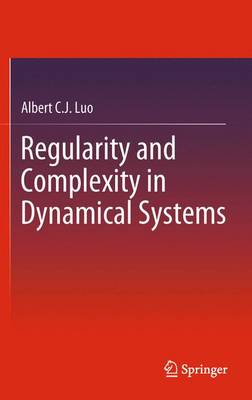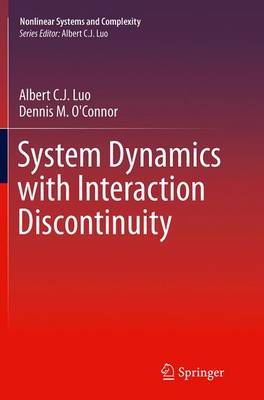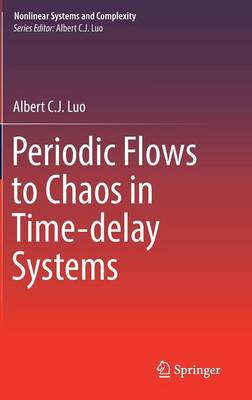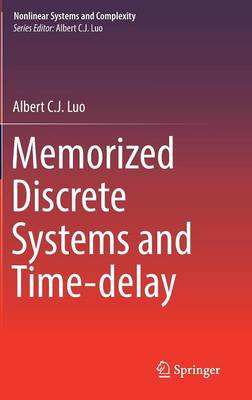Nonlinear Systems and Complexity
5 primary works
Book 1
Book 3
Dynamical System Synchronization (DSS) meticulously presents for the first time the theory of dynamical systems synchronization based on the local singularity theory of discontinuous dynamical systems. The book details the sufficient and necessary conditions for dynamical systems synchronizations, through extensive mathematical expression. Techniques for engineering implementation of DSS are clearly presented compared with the existing techniques.
Book 13
System Dynamics with Interaction Discontinuity
by Albert C J Luo and Dennis M. O'Connor
Book 16
This book for the first time examines periodic motions to chaos in time-delay systems, which exist extensively in engineering. For a long time, the stability of time-delay systems at equilibrium has been of great interest from the Lyapunov theory-based methods, where one cannot achieve the ideal results. Thus, time-delay discretization in time-delay systems was used for the stability of these systems. In this volume, Dr. Luo presents an accurate method based on the finite Fourier series to determine periodic motions in nonlinear time-delay systems. The stability and bifurcation of periodic motions are determined by the time-delayed system of coefficients in the Fourier series and the method for nonlinear time-delay systems is equivalent to the Laplace transformation method for linear time-delay systems.
Book 17
This book examines discrete dynamical systems with memory-nonlinear systems that exist extensively in biological organisms and financial and economic organizations, and time-delay systems that can be discretized into the memorized, discrete dynamical systems. It book further discusses stability and bifurcations of time-delay dynamical systems that can be investigated through memorized dynamical systems as well as bifurcations of memorized nonlinear dynamical systems, discretization methods of time-delay systems, and periodic motions to chaos in nonlinear time-delay systems.
The book helps readers find analytical solutions of MDS, change traditional perturbation analysis in time-delay systems, detect motion complexity and singularity in MDS; and determine stability, bifurcation, and chaos in any time-delay system.



